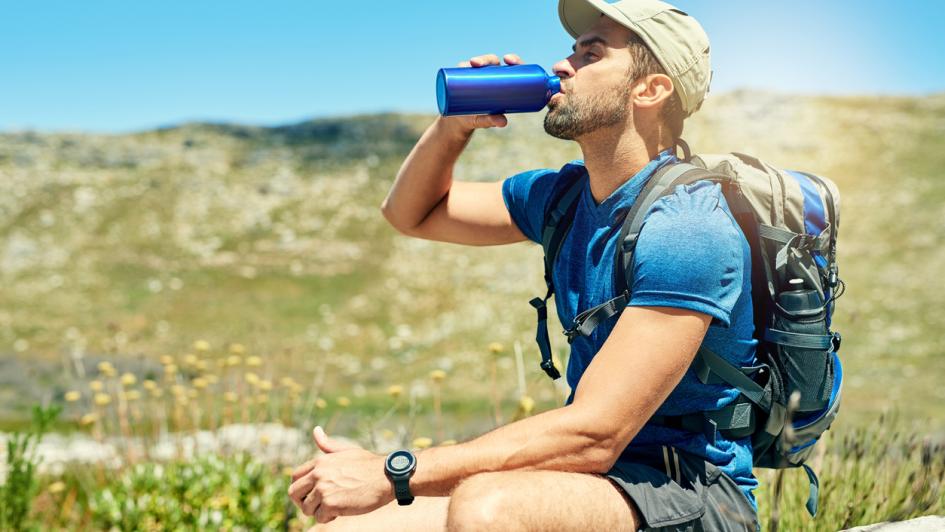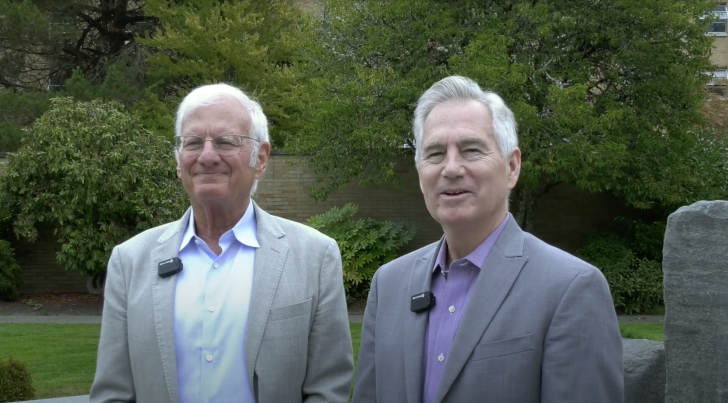Beat the Heat: How to Exercise Safely and Stay Hydrated in Hot Weather

Published
Summertime is a great season for outdoor workouts; whether it’s running, cycling, hiking, or playing sports. But as temperatures rise, so do the risks of heat exhaustion, dehydration, and even heat stroke. Exercising in the heat challenges your body in different ways and requires specific strategies to stay safe, cool, and well-hydrated.
Here’s what you need to know about working out in hot weather and the proper hydration techniques to keep you going strong.
The Effects of Heat on the Body During Exercise
When you work out in hot and humid conditions, your body works overtime to regulate its temperature. It does this primarily through sweating and increased blood flow to the skin. But excessive heat and humidity can make it harder for sweat to evaporate, reducing your body’s ability to cool down efficiently. This can lead to:
- Dehydration
- Muscle cramps
- Heat exhaustion
- Heat stroke (a medical emergency)
Knowing how to recognize and prevent these conditions is key to safe summer training.
Hydration: Your First Line of Defense
Hydration is critical when exercising in hot conditions. Losing even 2% of your body weight in fluids can impair performance and cognitive function.
General Hydration Guidelines:
- Pre-hydration: Start your workout well-hydrated. Drink 16–20 oz (about 500–600 mL) of water 2–3 hours before exercise.
- During Exercise:
- If your workout lasts under an hour, sip water regularly.
- If your session exceeds 60 minutes, especially in high heat, consider a sports drink to replace electrolytes (sodium, potassium, magnesium) as well as fluids.
- Post-workout: Rehydrate with 16–24 oz (500–700 mL) of fluid for every pound of body weight lost during exercise. You can weigh yourself before and after a workout to estimate this.
Tips for Exercising Safely in the Heat
1. Choose Your Time Wisely
Exercise during the coolest parts of the day (early morning or late evening) when the sun’s rays are less intense.
2. Wear the Right Clothing
Opt for lightweight, light-colored, breathable fabrics like moisture-wicking synthetics or technical gear designed for heat.
3. Acclimate to the Heat
Gradually increase your exposure over 7–14 days. Start with shorter, less intense workouts to help your body adapt.
4. Modify Intensity
Reduce your pace or intensity in extreme heat. Your body needs more energy to cool itself, so high effort can lead to overheating more quickly.
5. Use Cooling Strategies
Apply cold towels, use misting fans, or pour cool water over your head and neck during breaks.
6. Listen to Your Body
Watch for warning signs such as:
- Dizziness
- Headache
- Rapid heartbeat
- Nausea
- Confusion
- Cessation of sweating
If you experience any of these, stop immediately, hydrate, and seek shade or medical help if symptoms persist.
Best Hydration Options for Hot Weather Workouts
- Water: Always a reliable option for short workouts or moderate conditions.
- Electrolyte drinks: Essential for longer sessions in extreme heat or heavy sweat loss.
- Coconut water: A natural source of potassium and hydration (though lower in sodium than sports drinks).
- Homemade options: Mix water with a pinch of salt, sugar, and a splash of citrus for a DIY electrolyte solution.
Avoid:
- Excess caffeine and alcohol, which can increase fluid loss.
- Overhydration (hyponatremia), especially with only water, which can dilute sodium levels dangerously low.
Final Thoughts
Exercising in the heat doesn’t mean giving up your fitness goals — it just requires a bit more planning and awareness. With proper hydration and heat management, you can stay active, healthy, and safe all summer long.
Stay cool, hydrate smart, and don’t forget the sunscreen! Want to learn more about the human body, wellness, training, exercise science, and physiology? Visit our program and take the next step in your health and fitness journey.
This post was brought to you by the Department of Exercise Science at Bastyr University.
Dedicated to advancing evidence-based approaches to human performance, rehabilitation, and healthspan, our graduate program prepares students to lead in clinical, athletic, and research settings. Learn more about the Master of Science in Exercise Science here.


